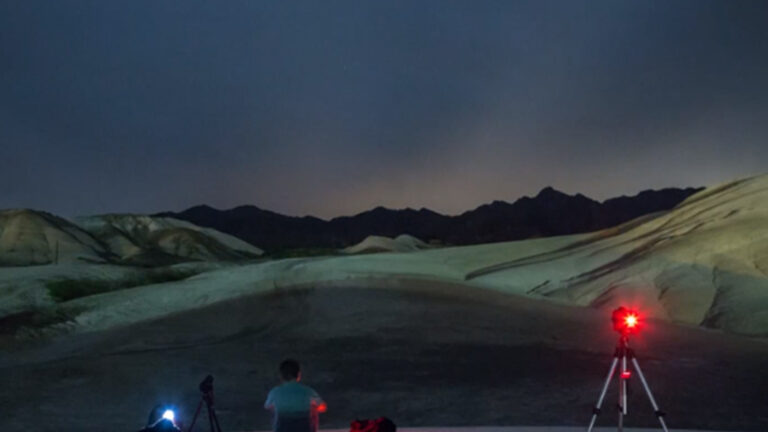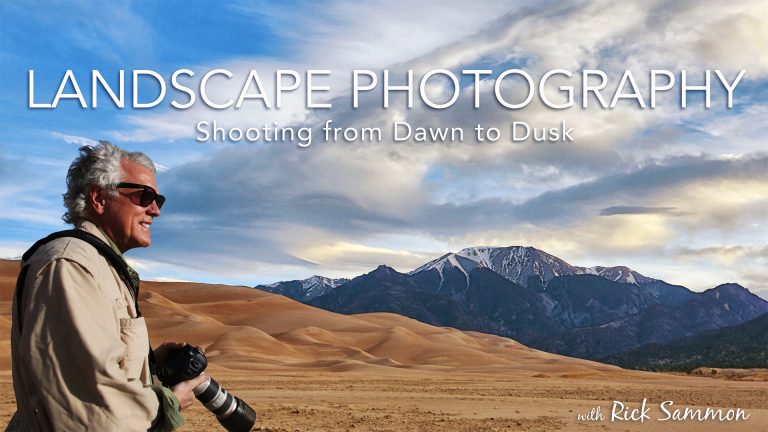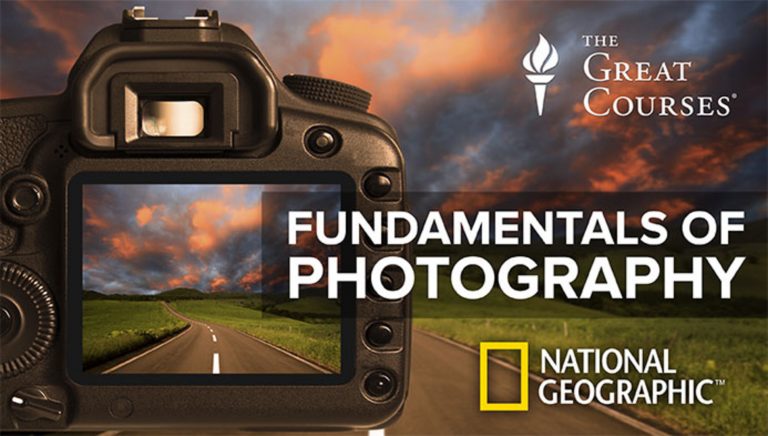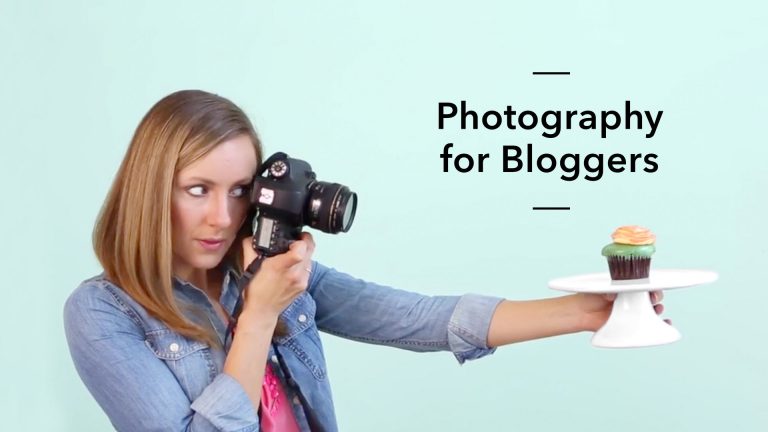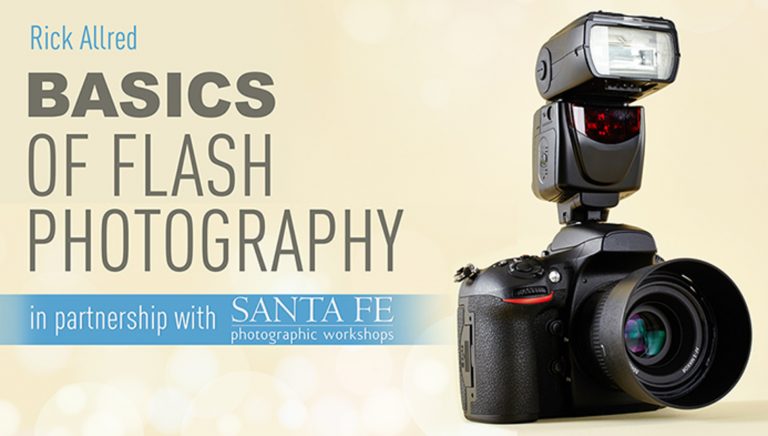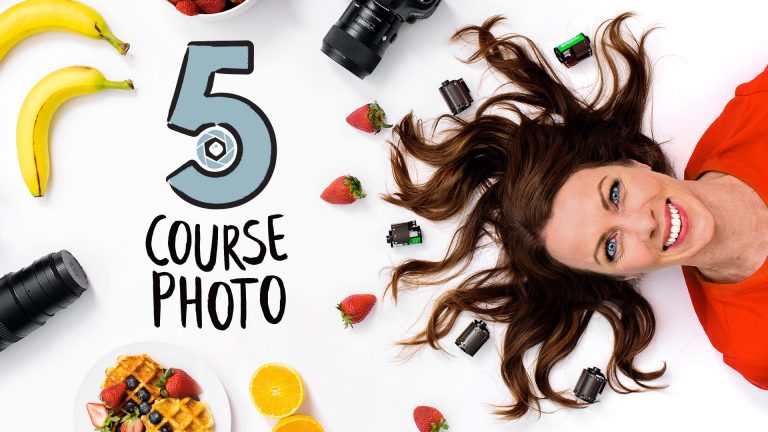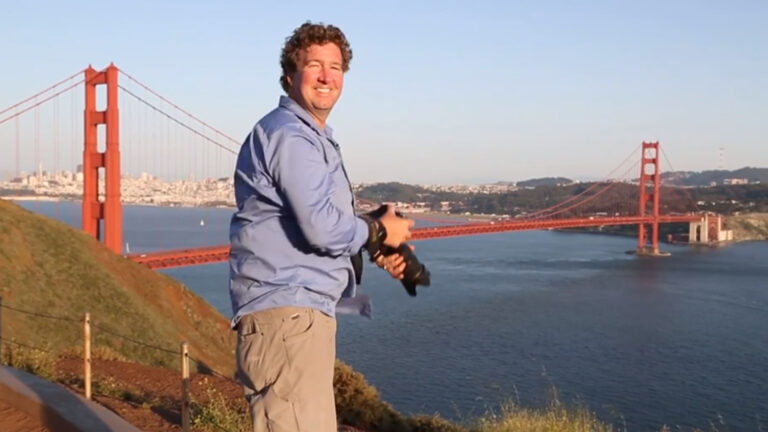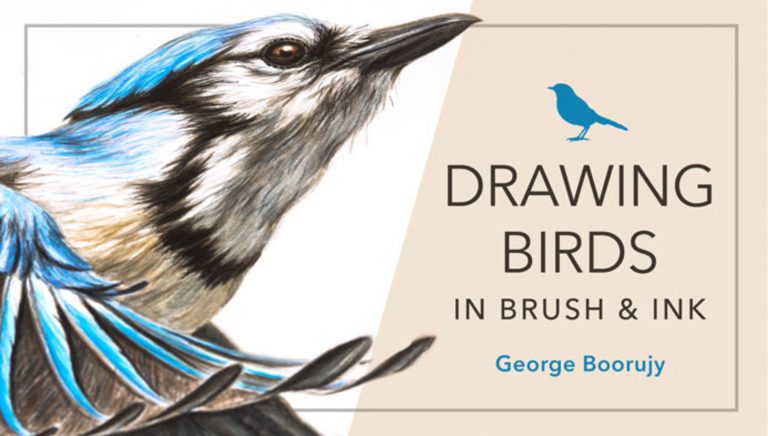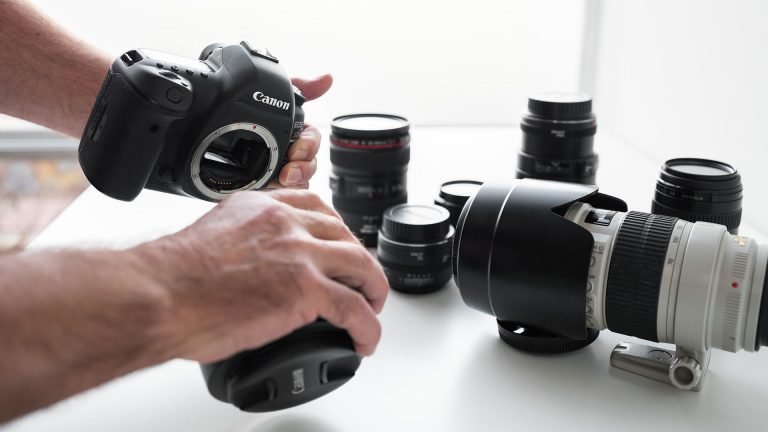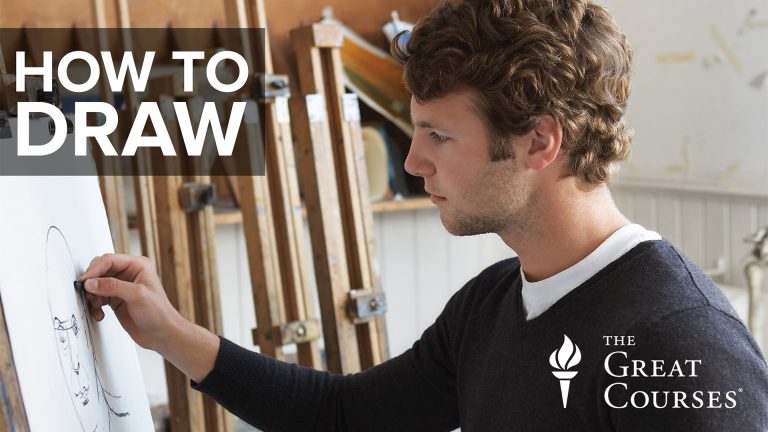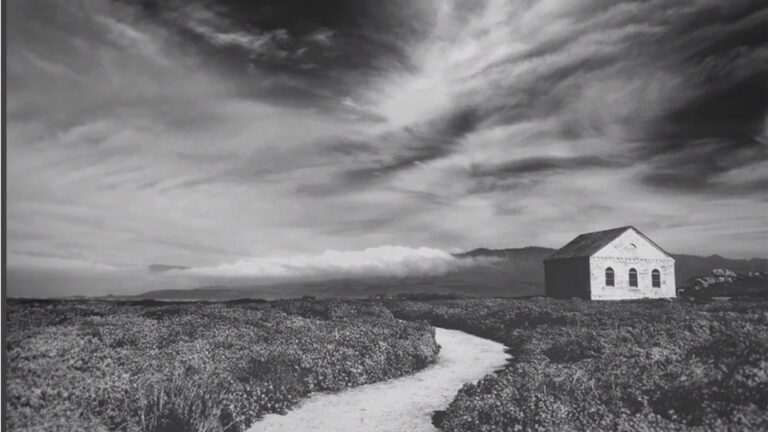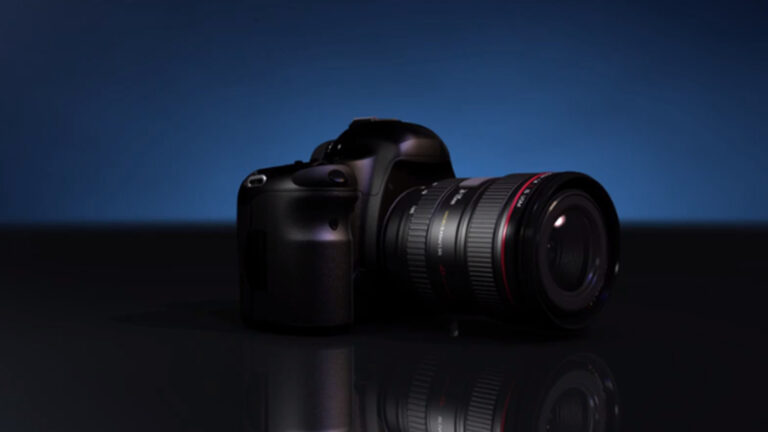
National Geographic Masters of Photography
12 Photography Masters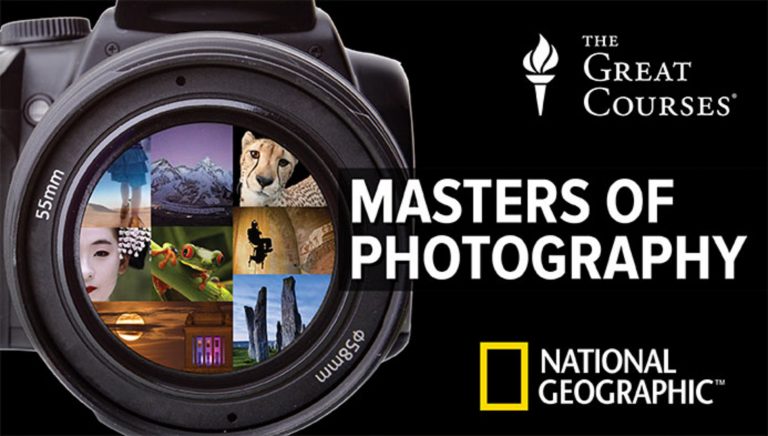
- In-depth Instruction; over 767 mins
- On-demand video access anytime
- Bonus downloadable PDF resources
- Access to class Q&A
- Available for purchase: $234.95
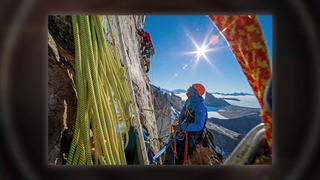


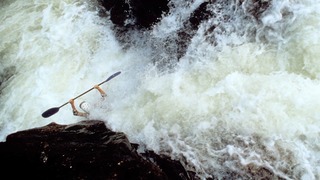
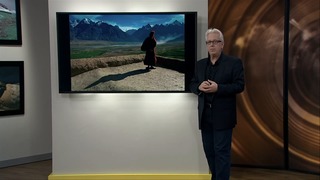







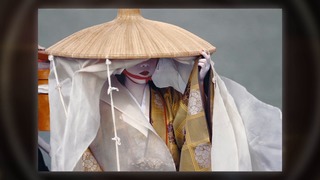
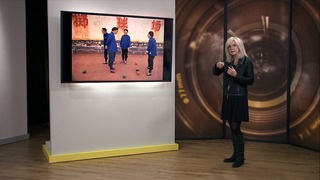


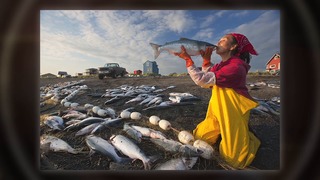
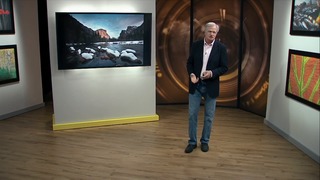
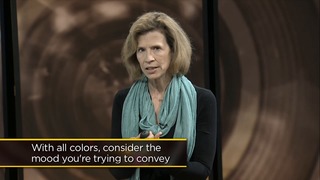
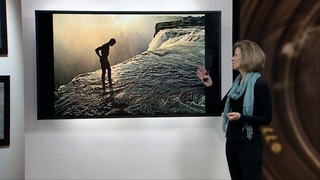




Taking better photographs is a snap with this first-hand look at the creative process of award-winning National Geographic photographers who have mastered the trade. During class, you’ll gain rich insight for your own images and develop a toolkit of simple but effective techniques to use again and again. Your journey begins with adventure photography, as you see how to reveal the culture of a locale through silhouette, leading lines, the vastness of a landscape and anticipation. Then, learn how panning and incorporating the environment will lead to better photos of wildlife in your own backyard. Want to harness light for more impact? Take a deep dive into the four kinds of light: diffuse light, sidelight, backlight and “magic” light, before learning the “personalities” of colors. Plus, conquer the three key elements of any great landscape — light, composition and the moment — and end class with simple strategies for emotionally compelling storytelling.
12 Photography Masters
Learn from 12 top National Geographic photographers: William Albert Allard is an award-winning photographer and writer who has contributed to National Geographic since 1964. Stephen Alvarez is an award-winning expedition photographer and filmmaker who has worked with National Geographic since 1995. Ira Block is an internationally renowned, award-winning photojournalist and filmmaker who has produced more than 30 stories for National Geographic magazine and its affiliates. Jodi Cobb has worked in more than 65 countries, documenting closed societies and disappearing cultural traditions. She has spent more than 30 years as an award-winning National Geographic staff photographer. Annie Griffiths is an award-winning National Geographic photographer and the Executive Director of Ripple Effect Images. Ed Kashi is an award-winning photojournalist, filmmaker and educator whose work is frequently featured by National Geographic. Michael Melford is an award-winning photographer who specializes in travel and landscape photography. He has worked with National Geographic for more than 30 years. Cory Richards is an award-winning photographer and filmmaker, specializing in adventure and expedition photography. He frequently contributes to National Geographic. Jim Richardson is an award-winning photographer, specializing in landscapes, global issues, and rural life, who has worked with National Geographic for more than 30 years. Joel Sartore is an award-winning photographer who has contributed to National Geographic for more than 25 years and lectures to audiences around the world. Steve Winter is an award-winning wildlife photographer specializing in big cats. He has worked with National Geographic for more than 20 years. Michael Yamashita is an award-winning photographer specializing in regional photography. He has worked with National Geographic for more than 30 years.

Bonus materials available after purchase
What is the “Purchase” option all about?
If I’m a paid Premium or Gold Member of Craftsy, do I need to purchase the Class to have access?
How do I know what the Class covers?
Do I have to be a Member of Craftsy to purchase a Class?
How do I “Purchase-to-Own” a Class?
How do I access/view my Class?
Is there a limit on the times I can view my Class?
Can I view a Class on my tablet device or mobile phone?
How do I get access to the Bonus Materials for the Class?
How does the Class Discussion benefit work?
Can I print out Class Bonus Materials?
Are there any system requirements to view the Class video content?
Can I get a refund if I don’t like the Class?
Premium Membership
Unlock exclusive member content from our industry experts.
- 24/7 Access to Over 2,000 Premium Classes and Hundreds of Instructional Videos Across 20+ Categories
- Extensive Library of Downloadable Patterns and Recipes
- Stream and Download Classes Anywhere with the Craftsy App
- Share Your Membership with up to 3 Friends or Family Members
- Access to Ask the Expert Program
- Admission to Exclusive LIVE Streaming Virtual Events
Unlock exclusive member content from our industry experts.
- 24/7 Access to Over 2,000 Premium Classes and Hundreds of Instructional Videos Across 20+ Categories
- Extensive Library of Downloadable Patterns and Recipes
- Stream and Download Classes Anywhere with the Craftsy App
- Share Your Membership with up to 3 Friends or Family Members
- 2 Full-Length Classes to Keep in Your Account for Life
- Access to Ask the Expert Program
- Admission to Exclusive LIVE Streaming Virtual Events
Gold Membership
$449 Value
Get everything included in Premium plus exclusive Gold Membership benefits.
- 24/7 Access to Over 2,000 Premium Classes and Hundreds of Instructional Videos Across 20+ Categories
- Extensive Library of Downloadable Patterns and Recipes
- Stream and Download Classes Anywhere with the Craftsy App
- Share your Membership with up to 3 friends or family members
- 8 Full-Length Classes of Your Choice to Keep in Your Account for Life
- 10 Patterns, Guides, or Recipes of Your choice to Download to Your Devices
- 20% off Purchase-to-Own Classes in the Craftsy Shop (Select Classes Only)
- Access to Ask the Expert Program
- Exclusive GOLD LIVE Virtual Events
Purchase Class
Purchase class and add to your personal library with on-demand video access.
- Enjoy on-demand video access to this content anytime, anywhere for the one-time cost below.
- You won’t lose access, with or without an active current Membership

National Geographic Masters of Photography
with 12 Photography Masters

